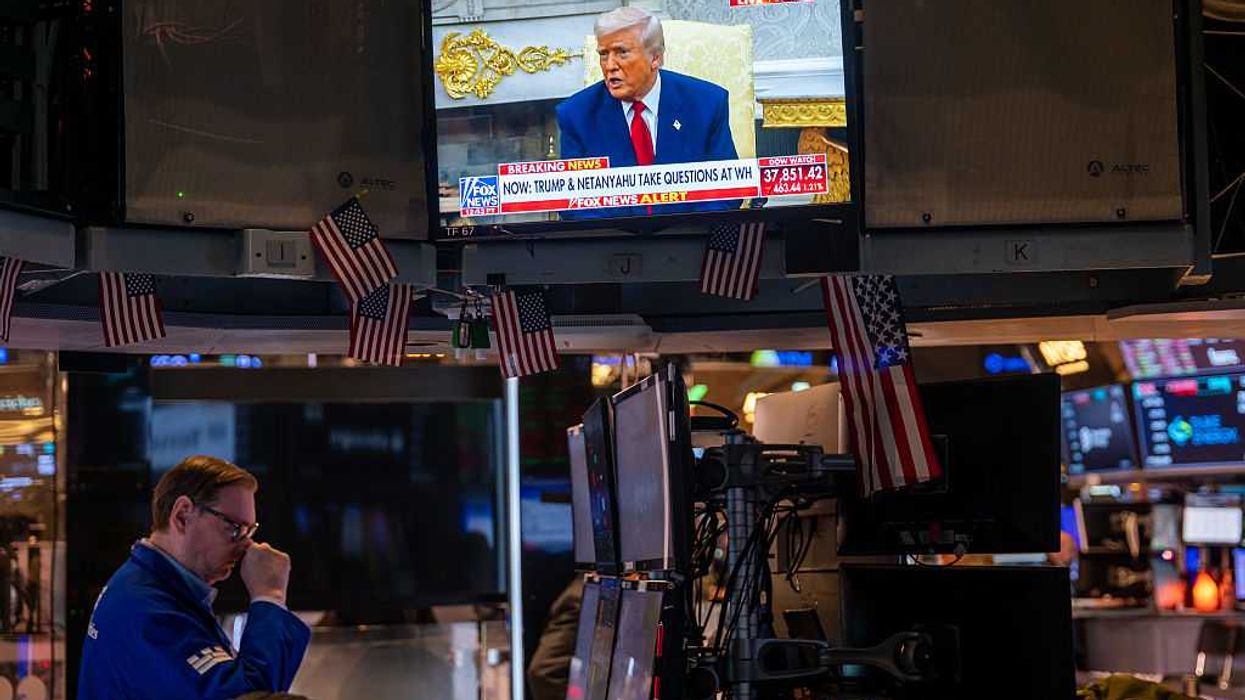Radwell is the author of “American Schism” and serves on the Business Council for Business for America.
Due to growing political divides, the United States is at the greatest risk since the Civil War. As a former CEO, I’d like to know why my fellow business leaders aren’t doing more to fix it.
Over the last decade our political debate has collapsed under the weight of toxic hyperpartisanship, and millions of our fellow citizens have lost faith in our established institutions. Both political parties are failing to deliver solutions for working-class citizens or to address the ever-increasing prosperity gap. As a result, Americans increasingly look outside the establishment for answers.
Indeed, our public sector no longer functions productively. A tidal wave of rage and resentment crowds out rational debate and the willingness to listen to other points of view. Empirical data, diverse viewpoints, reason and compromise are all essential to solve public policy problems. Yet these very elements seem completely missing today, and a deep cynicism has taken root across the country.
In my book “ American Schism ” (2022 International Book Award winner for best general nonfiction), I discuss the paradox of the “frustrated majority,” the 70 percent of Americans who recognize that our political system is broken and we must find a more productive way forward. Why is this a paradox? Because this group often remains silent, believing they are actually in the minority since the voices on the extreme left and right get the most media coverage and are pandered to by political candidates. It’s time for the moderate majority to take the lead.
As we watch with growing alarm as our democratic norms erode, one notable voice has been largely missing from the conversation: private-sector leadership. These individuals represent the most influential segment of the “frustrated majority” – but are also largely silent.
To be clear, business is heavily involved in government when advancing its own interests; one walk down K Street proves that. But when it comes to defending our fundamental democratic institutions, business leaders are even more likely t o keep their heads in the sand due to the risk of political blowback, being canceled or boycotted, or incurring the wrath of activist groups online.
Business for America, a nonpartisan business membership organization, is leading the charge to address this silence. BFA works with companies that want to help boost civic engagement, reduce political polarization and modernize government. In its recent “ Business Survey on Political Backlash,” the group confirmed that business leaders from firms both large and small feel that attacks on business are driven by political agendas and not a genuine desire to solve issues (93 percent of those surveyed). Further, over 80 percent of these leaders believe that attacks from political leaders on businesses is at an all-time high. Leaders’ top concerns are finding themselves in a PR crisis, consumer boycotts and retaliatory action from government officials.
So many C-level executives whom I know personally are afraid to speak out lest they attract the rage of some anonymous community, causing irreparable damage to their brand or their bottom line. While many of them remain silent, as the BFA survey indicates, the level of concern is very high. Why are private-sector leaders so reluctant to speak out and defend the open democratic society that has been fundamental to their liberty and success?
The irony of this situation is striking: Business leaders have mastered the practical tools to solve problems, which is precisely what is missing in our public policy sphere. These very leaders hold the key to breaking out of our impasse: in addition to their empirical problem-solving skills, their abilities to forge compromise and drive to consensus are the secret sauce that is missing today. And yet the very leaders who can shift the dynamic in our politics have been cowed into silence.
I propose that we can only move forward if the frustrated majority finds the courage to wrestle back the gavel from the partisan extremes who are running (what feels more and more like) an asylum. The leadership voices within this moderate majority group — especially my fellow business leaders — are the ones we desperately need to hear before time runs out on our democracy.




















